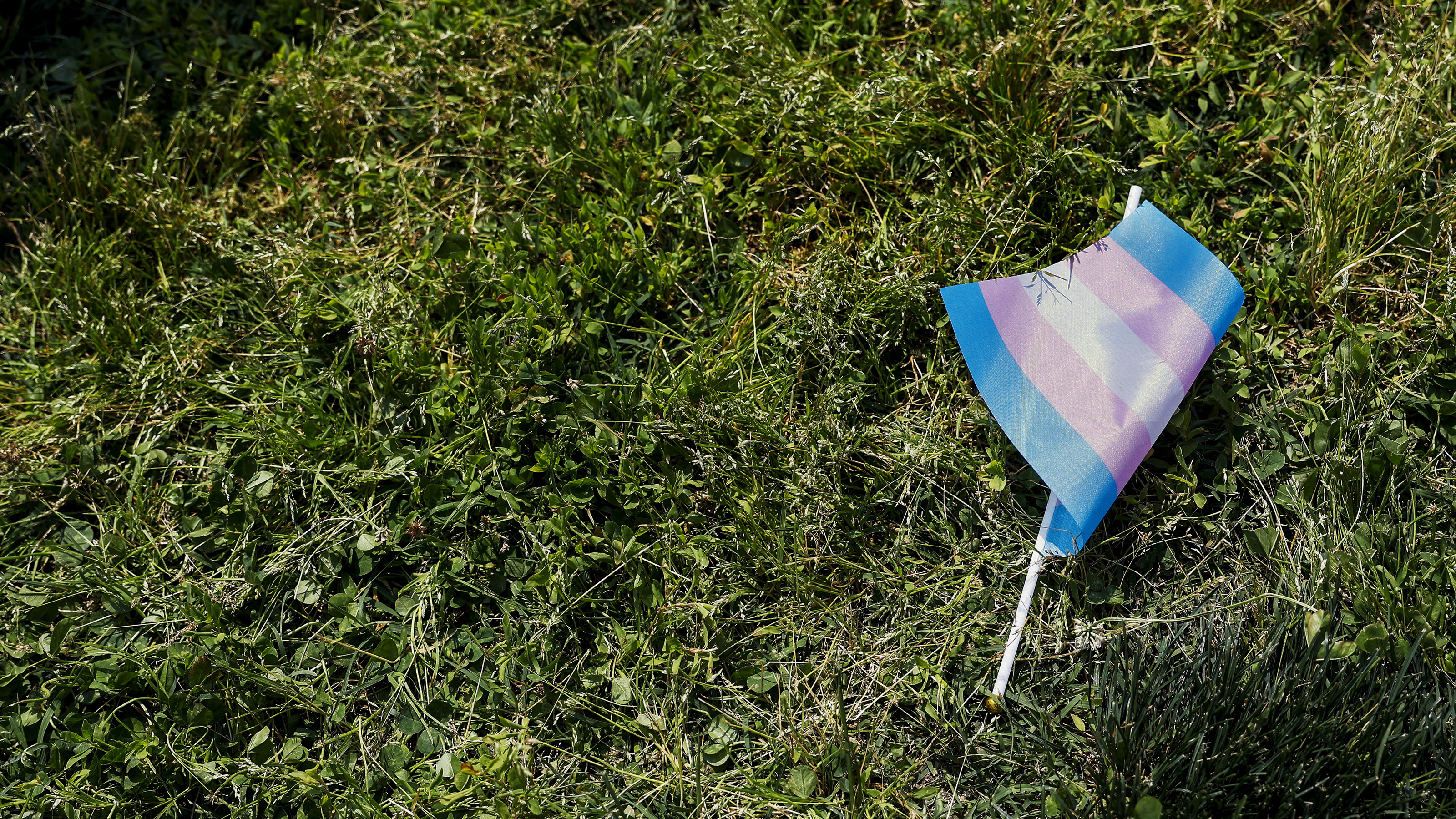New insights into hikikomori — people who withdraw from society for months or years on end

Hikikomori is a dark term that describes people who stay holed up in their homes, or even just their bedrooms, isolated from everyone except their family, for many months or years.
The phenomenon has captured the popular imagination with many articles appearing in the mainstream media in recent years, but, surprisingly, it isn’t well understood by psychologists.
The condition was first described in Japan, but cases have since been reported in countries as far apart as Oman, Indian, the US and Brazil. No one knows how many hikikomori exist (the term refers both to the condition and the people with it), but surveys suggest that 1.79 per cent of Japanese people aged 15-39 meet the criteria. However, while some assumptions about risk factors have been made, based largely on reports of specific cases, there has been a lack of population-based research. A new study, published in Frontiers in Psychiatry, plugs some of the knowledge gaps.
Roseline Yong and Kyoko Nomura analysed survey data from 3,287 male and female participants aged 15-39, who were randomly selected from 200 different urban and suburban municipalities all over Japan, representing a cross-section of Japanese society.
The participants answered questions about how often they left their home (and for those who didn’t, how long they’d remained inside). Researchers classified as hikikomori anyone who, for at least the past six months, never or rarely left their home, unless they had a practical reason for staying in, such as being pregnant, being busy doing housework (yes, really), they were a homemaker, or they had a diagnosis of schizophrenia. The respondents also answered demographic questions and questions about their mental health.
It has been suggested that hikikomori is primarily an urban phenomenon. But that’s not what Yong and Nomura found. Based on the survey data, 1.8 per cent of the respondents were hikikomori, but they were just as likely to live in a village as in a big city. The condition has also been considered more common among men, and this study provides the first epidemiological evidence to back this up. Still, 20 of the 58 hikikomori were female.
Yong and Nomura found no relationship with country region, number of family members or social class. But one local demographic variable did stand out as being protective: living in an area filled with businesses and shops.
The hikikomori in the sample were more likely to have a history of psychiatric treatment, to have dropped out of school and to have a tendency towards violence to themselves (self-harming, for instance), but not to others. However, the most significant and strongest factor was a high level of interpersonal difficulties, as measured by the degree of agreement with questionnaire items like “I am anxious about the possibility of meeting people that I know”, “I am anxious about what others might think of me”, and “I cannot blend into groups”.
Yong and Nomura write: “These anxieties may be related to a sense of humiliation, which suggests that they are afraid of being seen in their current situation….Unlike anxieties found in social phobias or generalised social anxieties…. our finding of an association between hikikomori and interpersonal difficulties indicates that hikikomori fear people and the community that they know.”
This does suggest a possible route to treatment: “By carefully assessing the types of fears that they may have, our data suggest the possibility that improving communication skills and managing expectations may be helpful for combating hikikomori.” They note that this type of strategy has in fact already been tried, with some success.
But if these anxieties are keeping people inside their homes, what’s prompting them to retreat there in the first place? The survey also revealed that hikikomori are more likely to have dropped out of high school or university. Perhaps finding ways to keep young people in education may, then, reduce the risk.
The data also showed that a very high percentage – 37.9 per cent – of the hikikomori had a previous history of psychiatric treatment. “The higher proportion of hikikomori who are dependent on medication is also alarming,” the researchers add.
How all these factors may inter-relate, as causes or perhaps results of hikikomori, is far from clear. As the researchers stress, further studies are clearly needed. However, this new work does provide some good pointers to the research avenues most worth exploring.
Reprinted with permission of The British Psychological Society. Read the original article.





